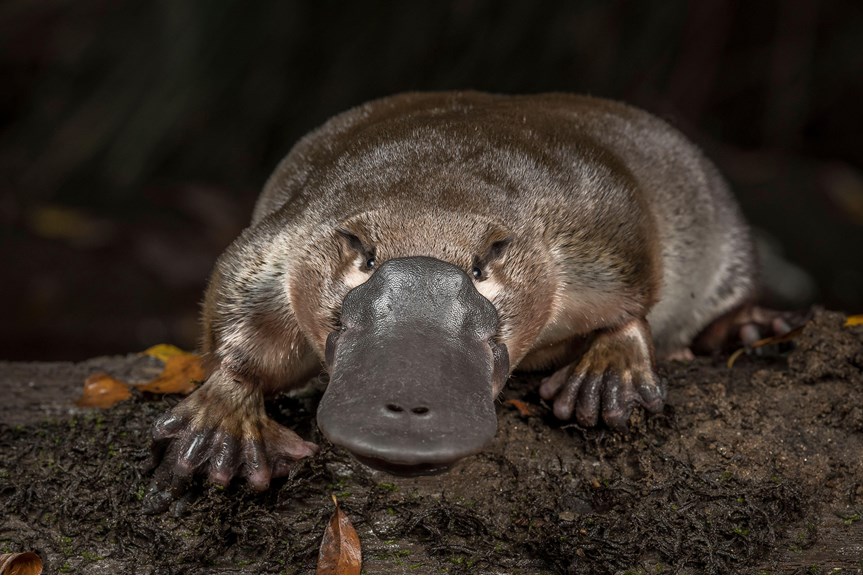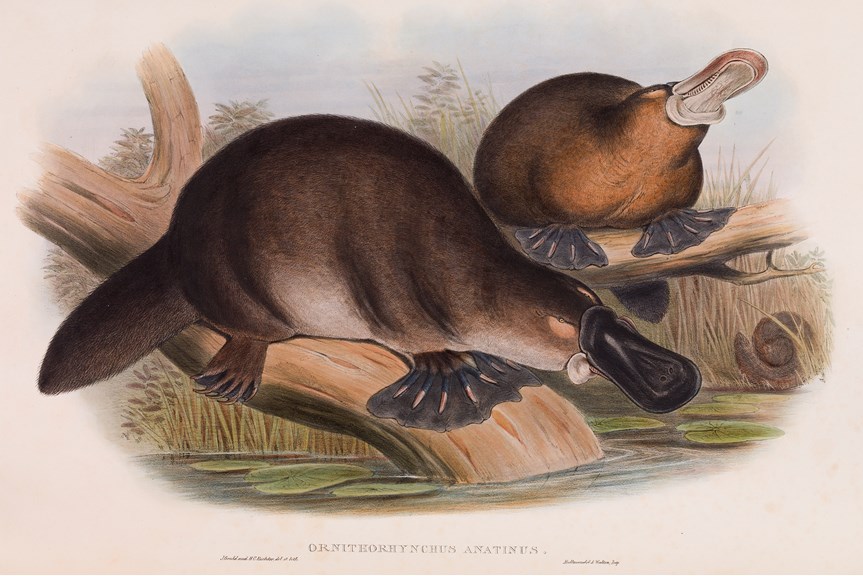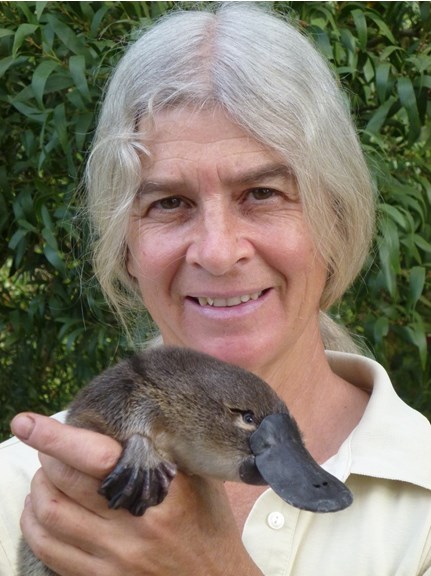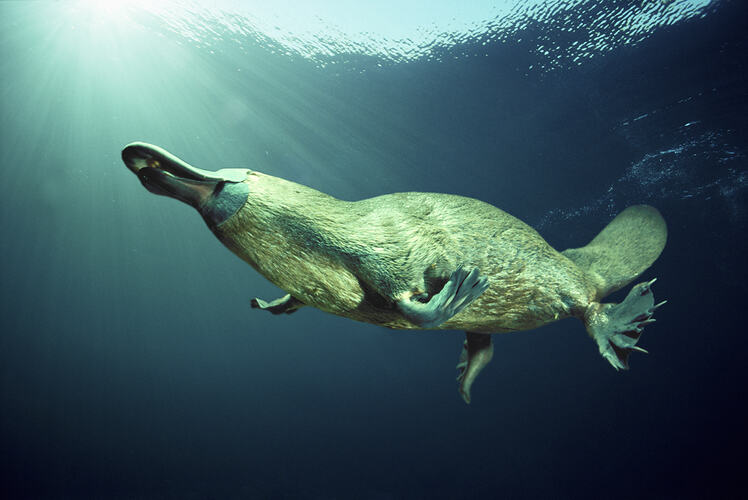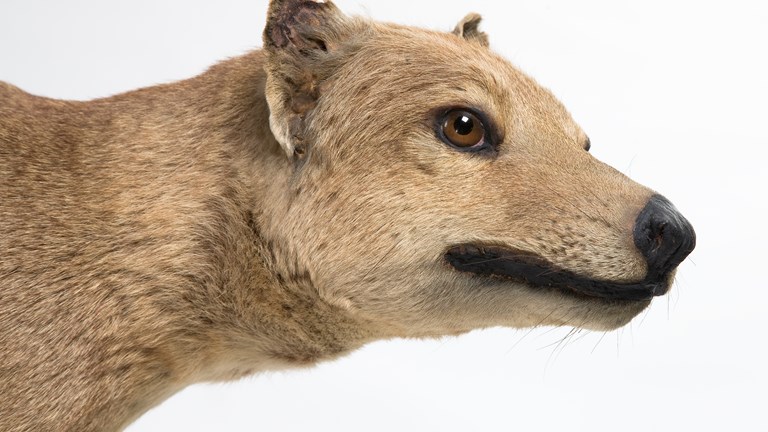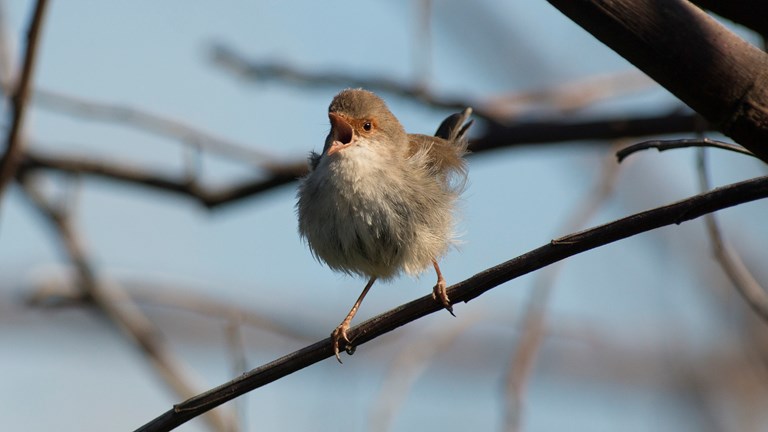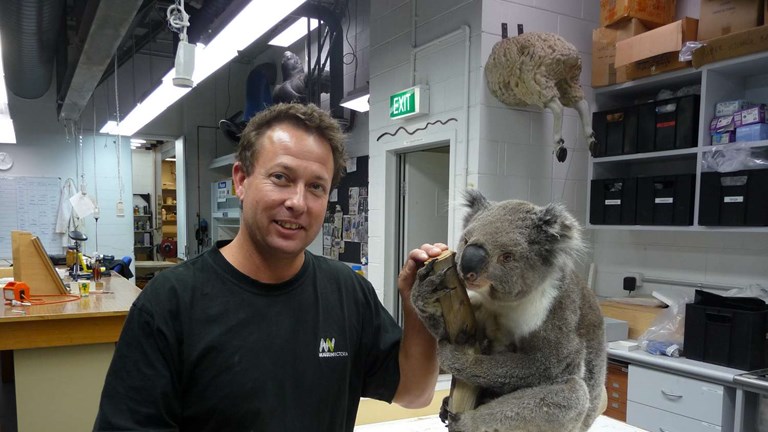The platypus: a unique and vulnerable Australian
The threats to the platypus have never been greater, so what can we do to help it overcome the challenges of a changing environment?
2021 will be memorable for many significant reasons, and among them is it’s the year the platypus officially became listed as a threatened species in Victoria.
Natural history museums, like the Melbourne Museum, are all too used to documenting the decline of native species—especially in Australia, which boasts an unenviable rate of extinction.
So, in a pivotal time for this remarkable creature, what do we know about it and what we can do to help?
The platypus (Ornithorhynchus anatinus) is an amazingly unique animal, that has fascinated and bewildered scientists for centuries.
When the species was first described by British zoologist George Shaw in 1799, the specimen was so bizarre that he originally thought it to be an elaborate hoax.
Had anyone asked Indigenous Australians, who had been living side-by-side with the platypus for tens of thousands of years, they probably would have been better informed.
Even now its appearance is partly why it is so endearing to people across the world—a duck-like bill attached to the body of something more akin to a beaver.
‘This incredible bill is used to navigate and find food underwater when the platypus has both its eyes and ears closed, so it's a really unique adaptation,’ says Dr Melody Serena, senior conservation biologist with the Australian Platypus Conservancy, who has studied the platypus for more than 30 years.
‘The platypus has a number of features that set it apart from any other species in the world.’
For starters, it is the only aquatic member of the monotremes—a selective group of five species distinguished from other mammals by laying eggs, (the other four members are all echidnas).
The platypus has no teeth after leaving its natal burrow, lacks a functional stomach, lactates without nipples, and glows under ultraviolet light.
‘It is also a venomous mammal, which is very unusual, and it delivers venom through spurs on its hind legs,’ says Dr Serena.
Only the male platypus produces venom and, while isn’t fatal to humans, it is very painful—so best to avoid picking up a platypus unless you know what you’re doing.
Cute and carnivorous
The platypus is a carnivore, and almost exclusively eats what we humans think of as bugs.
‘They're mostly eating smaller freshwater invertebrates, largely freshwater insects…dragon flies, caddisflies, and mayflies, those sorts of things,’ says Dr Richard Marchant, senior curator of entomology at Museums Victoria.
He is a stream ecologist who has studied platypus’ diet, food supply and habitat.
Dr Marchant says platypus can be quite surprising in their choice of habitat.
‘You do get them close to the city and they can live in what seems to be really unsuitable habitats—small little streams flowing between peoples’ houses.
‘I think they're more resilient than people give them credit for.’
Ancient origins
‘The modern platypus is believed to be at least four million years old, but its ancestors go back in time to the dinosaurs,’ Dr Serena explains.
For context, evidence for the origin of Homo sapiens—or us modern humans—only goes back about 300,000 years.
‘One of the reasons I think the modern form is persisting as well as it is in Australian waterways, is that the platypus is a generalist,’ Dr Serena says.
‘They are intelligent and long-lived, reaching the age of up to 21 years in the wild.
‘Everything about them suggests an animal that is very adaptable in its day-to-day life and very good at persisting.’
But the biggest problem the platypus faces now?
It’s us.
A changing environment
‘Changes in land use since European settlement would be one of the main factors affecting the distribution platypus in Victoria,’ says Dr Marchant.
He says urban development and farming are two issues affecting the availability of platypus habitat.
‘On a lot of agricultural land, pesticides are used—and those pesticides affect insects, including aquatic instincts.
‘If there's a lot of pesticide runoff, that can affect the communities of invertebrates in rivers and that would then affect the suitability of those rivers for platypus.’
Another problem, says Dr Serena, is water use.
‘There is broad consensus among platypus biologists that the two factors that are most likely to affect the animals are reliability of surface water and habitat quality,’ she says.
‘Climate change is a potential existential threat.
‘We are certainly anticipating a hotter and drier future and so that means that we're going to have to be very careful about managing water resources.’
What can we do to help?
Aside from affecting the platypus’ habitat, some human activities can also cause the deaths of individual animals.
The use of opera house yabby nets has been banned in Victoria, for that very reason.
But Dr Serena says there are other problematic human behaviours that need to change to assist platypus survival.
‘Because its front feet are so specialised for swimming, a platypus can't grab an item of litter that’s become entangled around its neck or body and then pull it off.
‘Virtually anything that is a loop or ring up to 25 cm in circumference can end up around a platypus and once it's around a platypus it stays there until either the item breaks apart or the platypus dies.’
One of the biggest offenders is elastic hair ties.
‘Because the animal is moving and its skin is wet, hair ties or other loops of material such as fishing line eventually start wearing through the skin and then through underlying tissue.’
‘This causes horrific injuries—to keep platypus safe, people should always remove hair ties before they go for a swim, so the ties can’t fall off accidentally in the water.
‘Anglers should also make a point of always picking up any tangled or discarded pieces of line.’
‘These are simple and very practical things that people can do that would make a huge difference.’
So, while the platypus is facing significant challenges, it’s not all doom and gloom, and we can all help it along.
‘The platypus has been around for a long time,’ says Dr Serena.
‘This is an animal that has been faced with bushfires and floods and droughts for millions and millions of years and it has developed strategies to cope.
‘The important thing is for us to give it enough space and enough resources so it can live its life in the wild.
'If we just respect the platypus’s needs, there's no reason why it shouldn’t survive into the future.’

